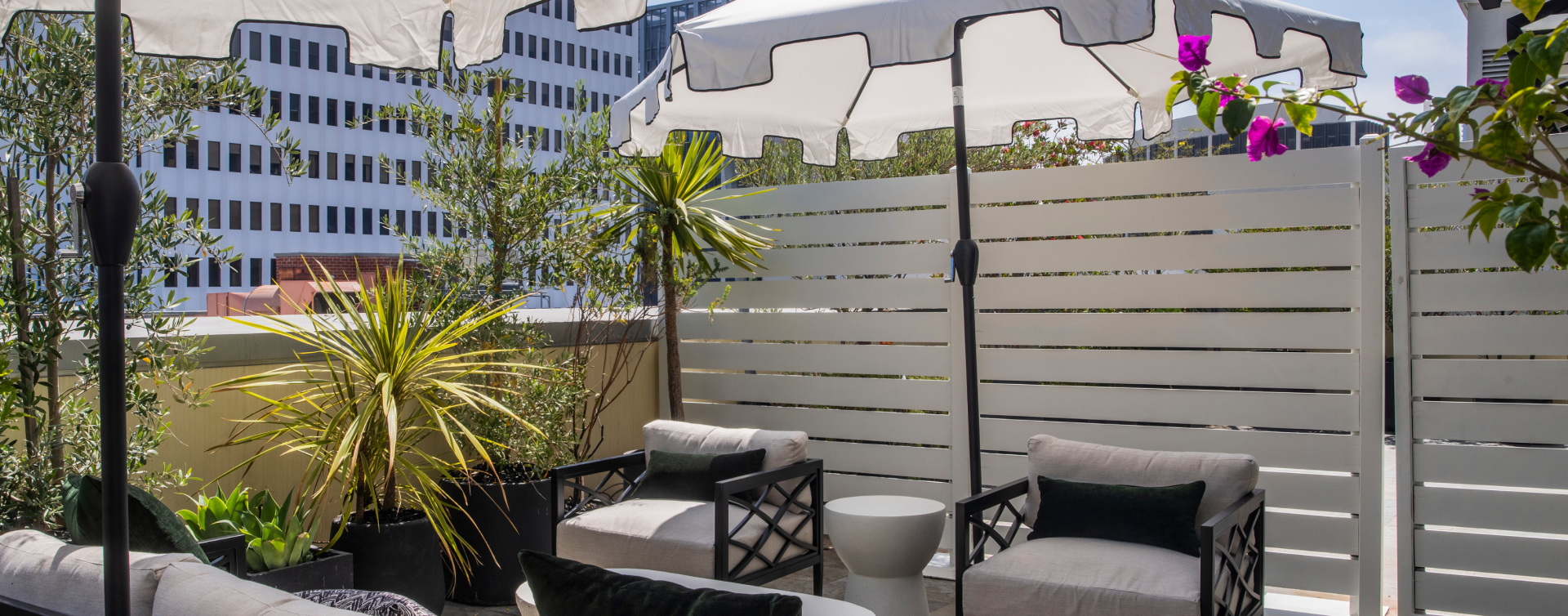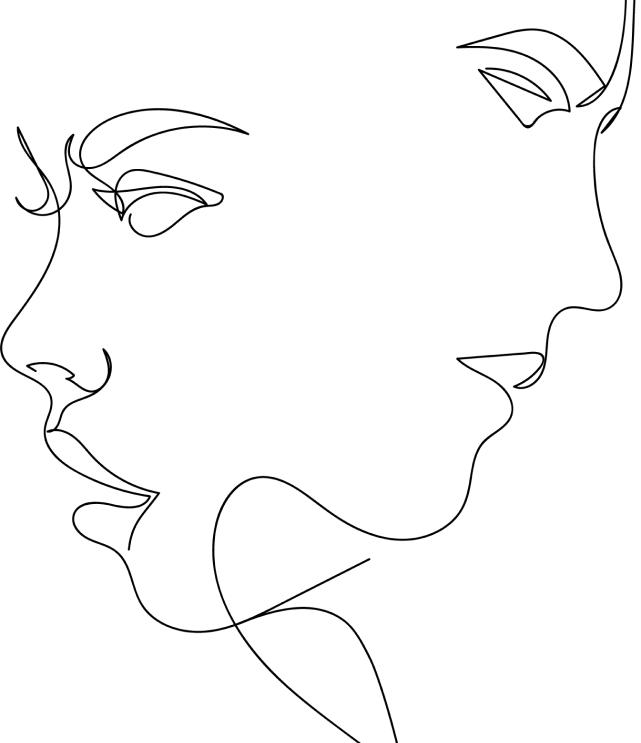
If you suffer from nosebleeds or breathing difficulties, undergoing Septoplasty in LA may be the key to correcting a deviated septum. Drs. Solieman and Litner are among Los Angeles’ top specialists in this surgery.
Many patients are unaware of the differences between a rhinoplasty, a surgical procedure intended for primarily aesthetic purposes, and septoplasty, which is a corrective procedure meant to alleviate complications of a deviated septum. A correctly formed nasal septum is straight and normally separates the passageways through which air passes. A deviated septum, from birth or as a result of breaking your nose, constricts the nasal passage, blocking oxygen intake and causing nasal obstruction. This can also lead to nasal dryness, bleeding, crusting, and sleep disturbances. Typically, medical insurance companies cover the costs of fixing functional nasal problems due to a deviated septum.

A deviated septum can be present at birth, can be developmental, or can result from an injury sustained to the nose. In patients with a deviated septum, the nasal septum is displaced to one side and airflow is thereby restricted. While adhesive strips or medication can help minimally control symptoms, a septoplasty is the only solution that can permanently correct a crooked septum and restore nasal breathing.
Septoplasty essentially straightens the deviated septum so the patient can breathe easily.* A small incision is made inside the nostrils, through which the bone and cartilage of the deviated septum are removed or repositioned, which happens after removing the nasal lining tissue.
After the procedure, the incision is closed with absorbable sutures, and splints may be applied to help the healing process and to reduce the potential for scarring. The surgery is considered to be an outpatient procedure requiring no hospital stay and is done while the patient is under general anesthesia. Following surgery, incisions generally heal quickly. It can, however, take several months for the nasal septum tissues to fully settle into place.
While rhinoplasty surgery is performed with the intent to modify the look of the nose, septoplasty improves the function. For patients who wish to correct breathing difficulties caused by a deviated septum while simultaneously wishing to make their nose more aesthetically pleasing, a septorhinoplasty is recommended. This procedure would fix the deviated septum as well as reshape the crooked shape of the nose, which can be common among those with deviated septums. Depending on the motive and degree of necessity of the surgery, insurance may cover this procedure.
Dr. Litner and Dr. Solieman of PROFILES Beverly Hills are both renowned, double board-certified facial plastic surgeons serving patients in the Beverly Hills and greater Los Angeles area and beyond. They have each successfully treated hundreds of patients, helping them to enjoy normal nasal breathing.
During your consultation, our top-rated surgeons at PROFILES Beverly Hills will evaluate whether septoplasty is the answer to your breathing, crusting, or bleeding issues. You can be assured that they have your best interests in mind. You can also rest comfortably in their care, knowing that the surgeons at PROFILES Beverly Hills are among the top in the field of plastic surgery. Contact us today for a consultation!

A septoplasty procedure is recommended for patients who:
Some of the temporary side-effects and potential risks that come with septoplasty surgery include:
While there are risks associated with undergoing a septoplasty, we work closely with all of our patients to minimize these. Moreover, we will take you through every step of the procedure to ensure that all of your questions are answered so that you can rest assured knowing that you are in the right hands.
Recovery times can vary depending on each patient and the technique used. In most cases, patients can return to work within a few days after the procedure, but you need to avoid intense physical activity. The recovery period can last between 1 to 2 months, so Drs. Solieman and Litner assess each patient individually to set the right expectations.
General anesthesia is used during septoplasty surgery, so patients are not in pain. After the operation, it’s normal to experience swelling and inflammation, which will produce mild to moderate discomfort. Most patients take over-the-counter medications to control the pain, although prescription medication may also be used depending on the specific circumstances.
Yes, septoplasty surgery corrects the deviation of the septum. This can reduce respiratory complications and straighten the nose, improving its appearance at the same time. Moreover, patients looking to change other aspects of their nose to make it more aesthetically appealing should consider a septorhinoplasty, which focuses on repairing both functional and cosmetic elements.
There are many factors that can produce a deviated septum, including sports injuries and other physical traumas, so it’s a fairly common operation. However, like all surgeries, there are some risks and side-effects that come with septoplasty procedures. These include a slight risk of infection and an adverse reaction to anesthesia, among others.
Splints may be used to help support your nose during the healing process and minimize the swelling, so you need to wear them up to 2 weeks after the procedure. The exact amount of time will depend on the patient’s recovery rate and the complexity of the operation, so Drs. Litner and Solieman discuss all parts of the recovery with each patient before the septoplasty.
Didn’t find the information you’re curious about?
Contact us at 310.276.6800 so we can help you.

ASK US ANY QUESTION
